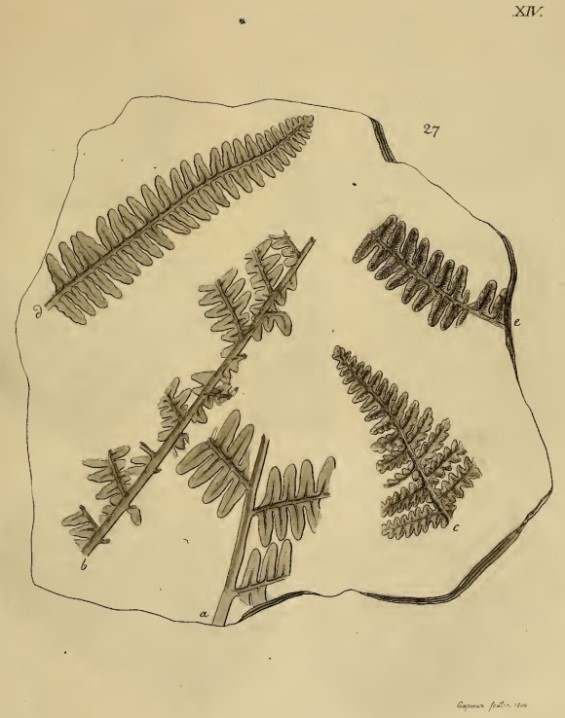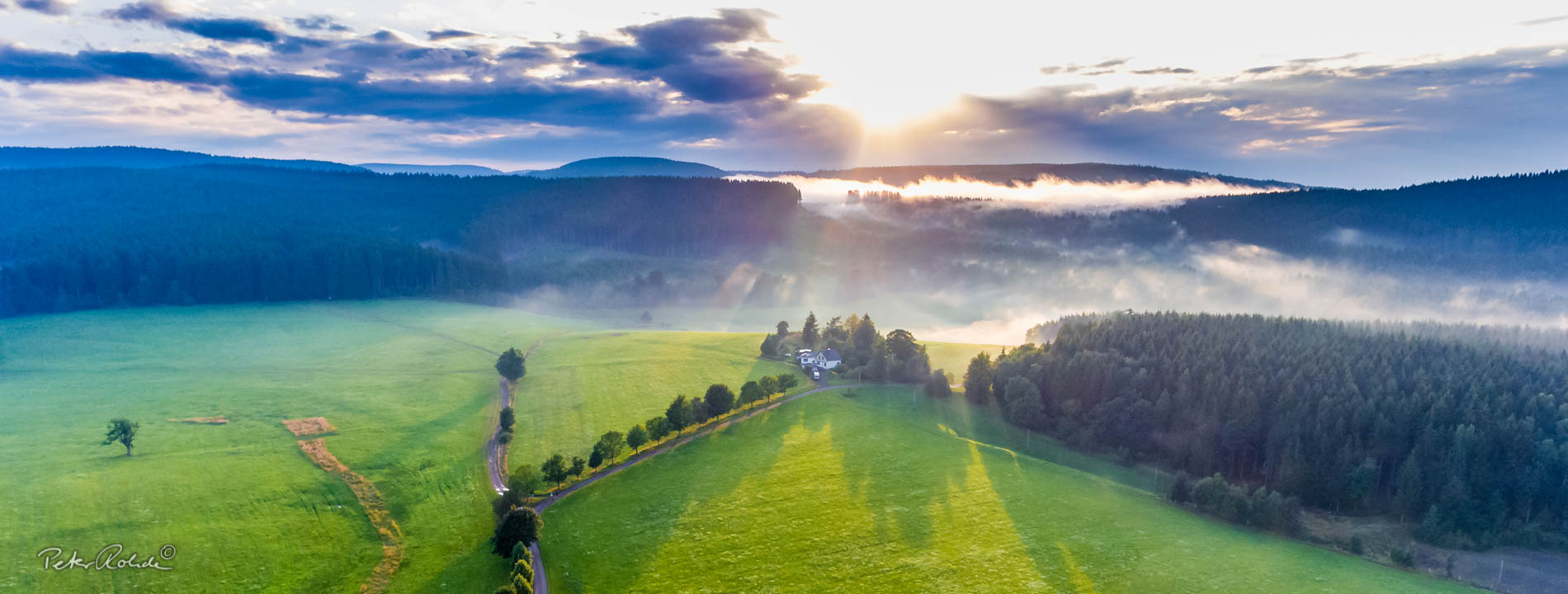
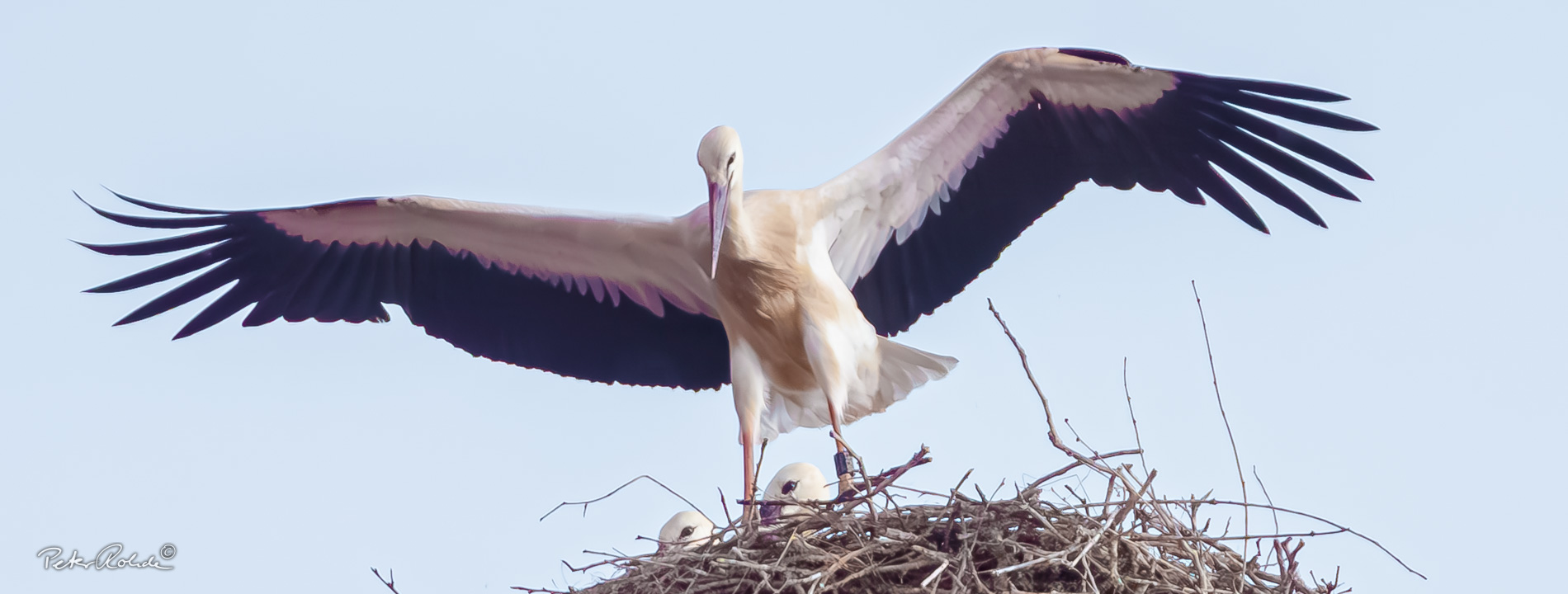
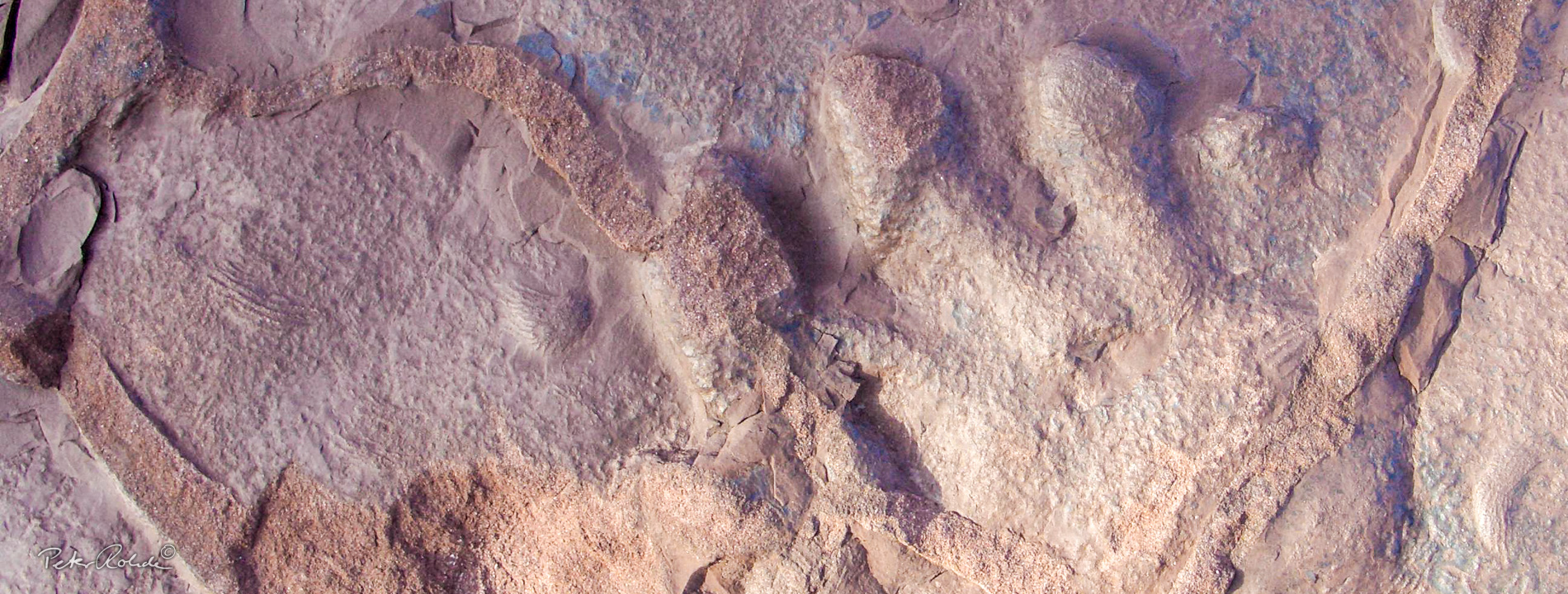
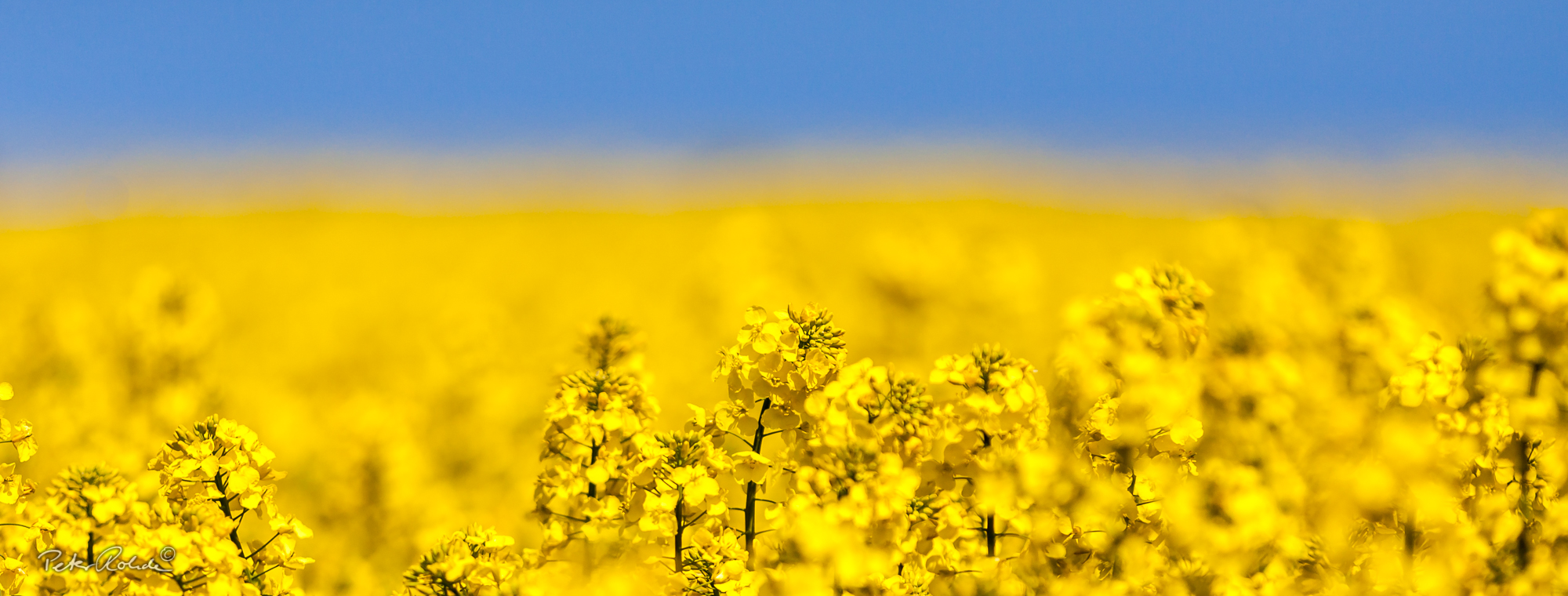
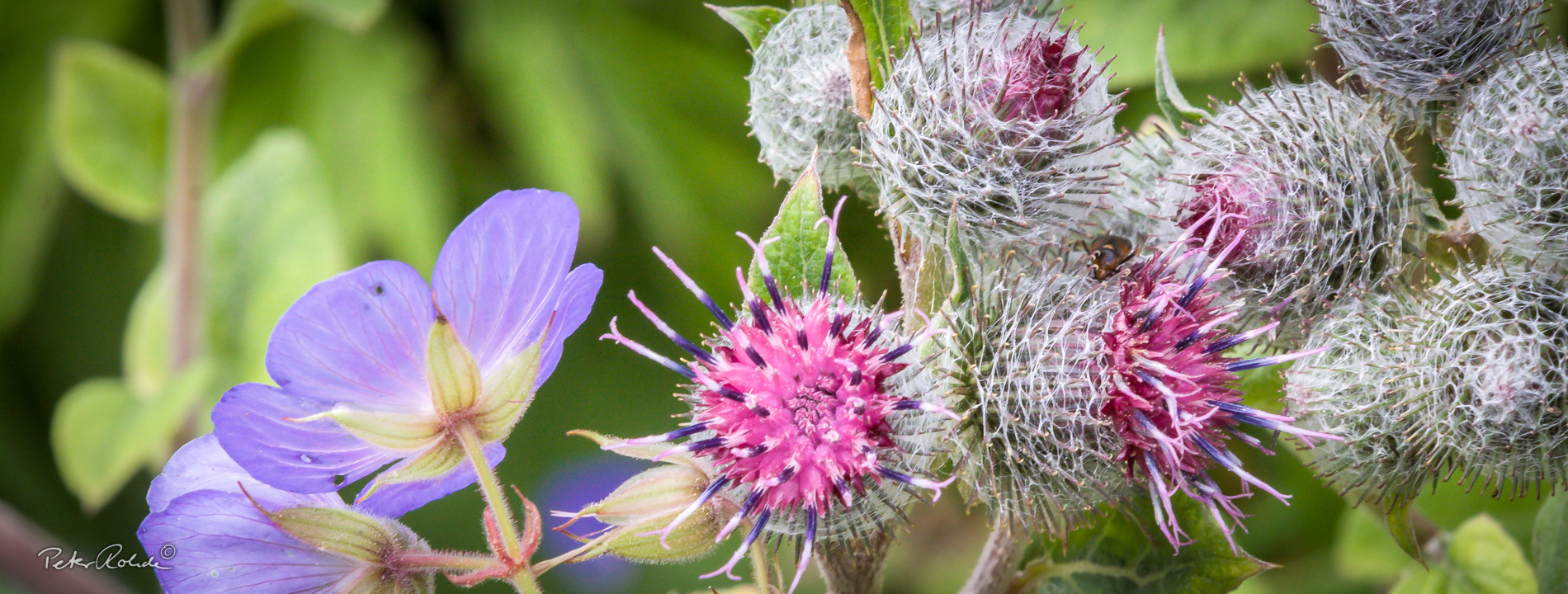
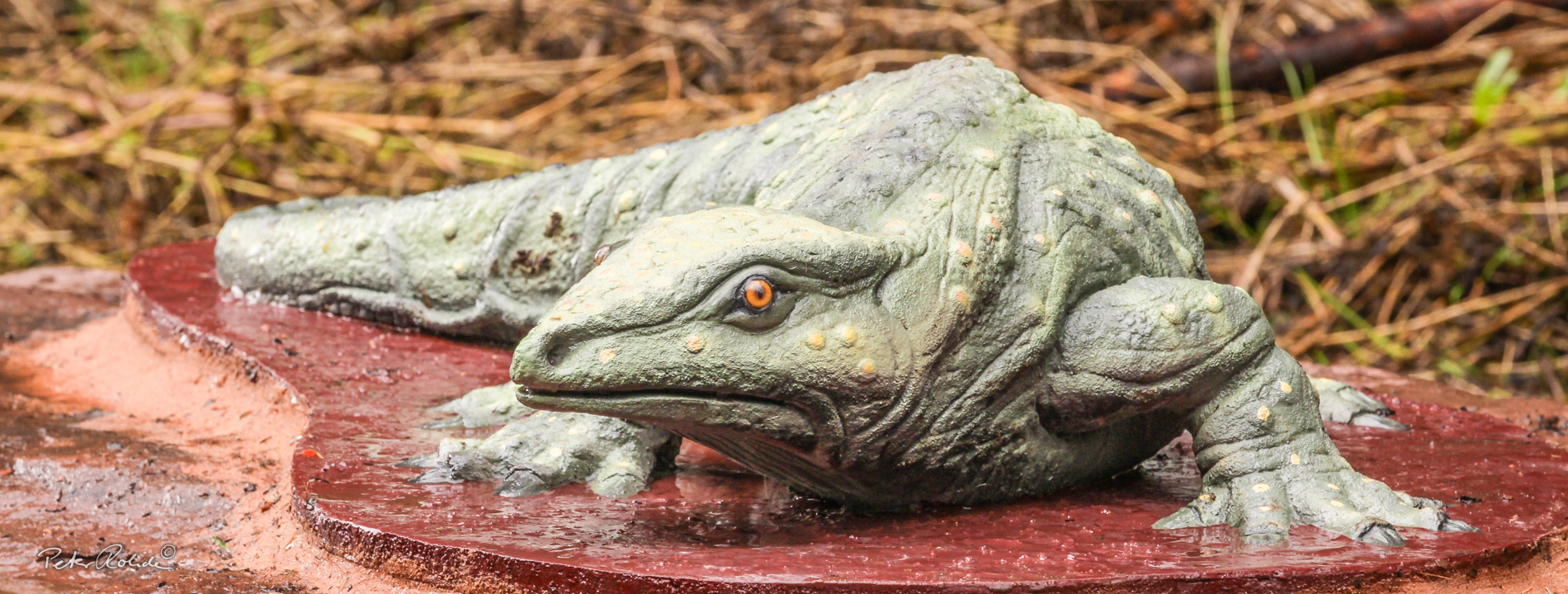
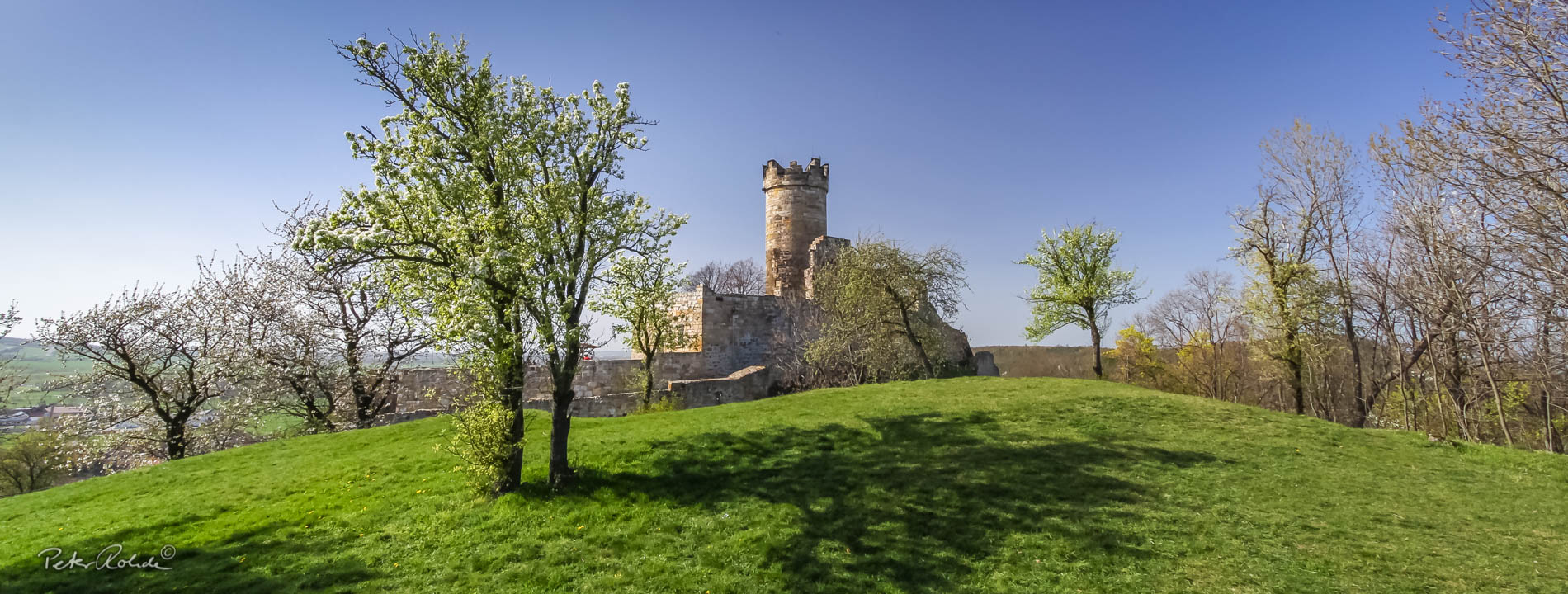
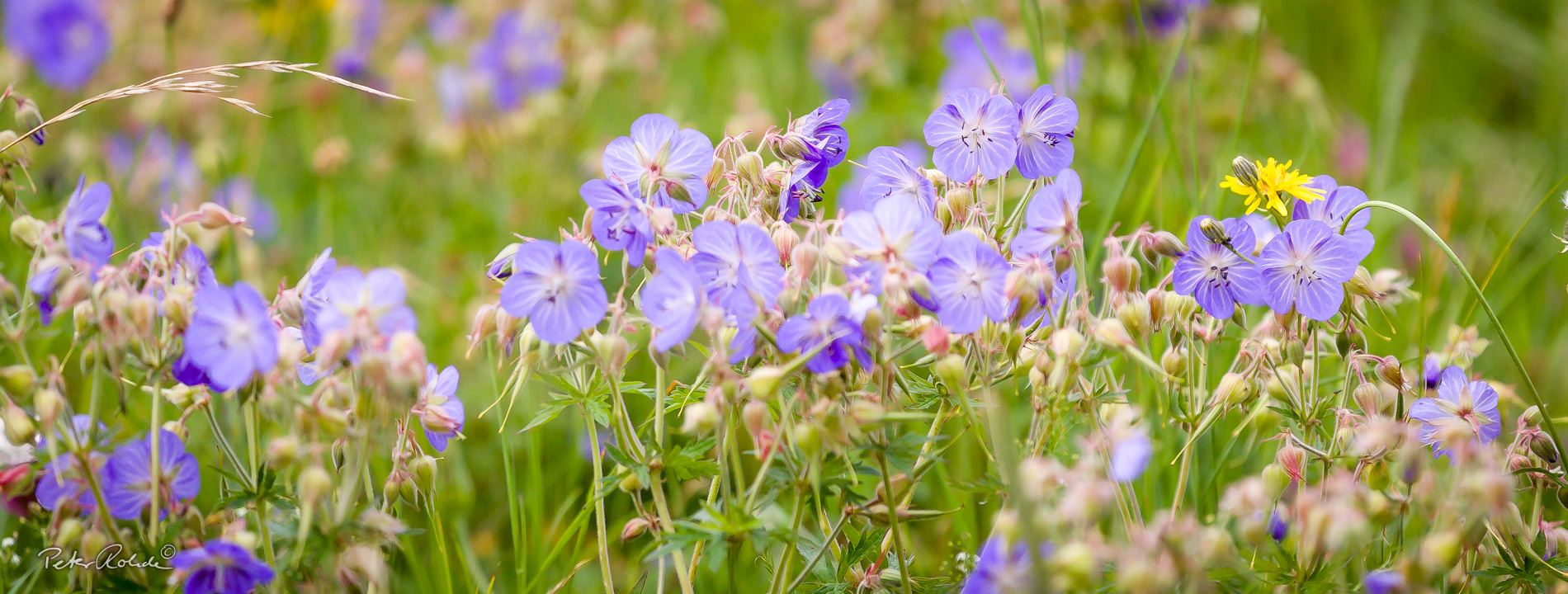
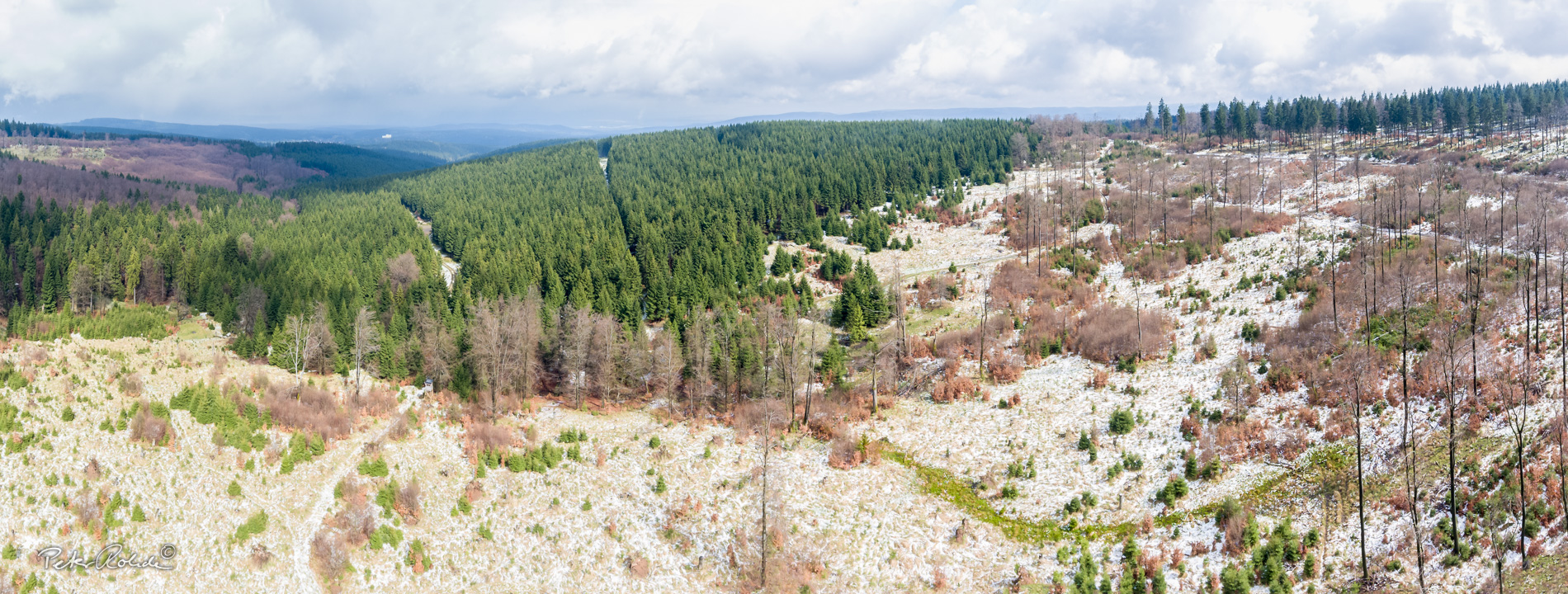









The old Öhrenkammer coal mine near Ruhla
The Öhrenkammer coal mine is the second oldest coal mine mentioned in the Thuringian Forest. There is an application for a mining licence from 1613 and a few years later the mine is mentioned as "Grube an der Ehernen Kammer". There is only one older mention of coal mining in the Thuringian Forest, which refers to a mine in Kleinschmalkalden (also in the Geopark) from 1585. In this case, however, it is not known exactly which mine is meant (Frauengraben or Alltal).
The thin coal seam in the Öhrenkammer mine never allowed profitable mining here. Coal mining only seems to have been a serious option in times of need and scarcity. The last mining period in the Öhrenkammer began in 1946, shortly after the Second World War. In more than a year, only 15 tonns of coal could be extracted from the mine by removing more than 1000 cubic metres of rock - a disastrous result! The mine was closed again in the spring of 1947 (MEINHOLD 1951, 1980). Nevertheless, the coal helped to heat the hospital in Ruhla during the harsh winter of 1946/47.
The oldest sediments of the Thuringian forest mountain basin are exposed at the Öhrenkammer. They form the base of the "Georgenthal Formation" and are of late Carboniferous age (Stephanian C, Gzhelian). The absolute age is estimated at approx. 302 million years. These sediments lie on the overprinted (metamorphic) basement (mica schist of the Ruhla Group). Their grey colour and the small coal seams are evidence of a warm and humid climate with small coal swamps.
The Öhrenkammer site is of worldwide geoscientific importance as it is one of the very few sites from which the fossilised plants described by E.F. VON SCHLOTHEIM (1804, 1820) originate. Together with places such as Manebach and Frauengraben, Kleinschmalkalden in the Thuringian Forest can be described as the "Birthplace of Palaeobotany".
It is the so-called type locality of some Late Carboniferous fossils such as Sphenophyllum verticilatum (SCHL.) ZEILLER and Callipteridium pteridium SCHL. ex ZEILLER. They are among the first fossil plants to be scientifically named. Despite the historically incorrect and questionable paragraph 13.1.(f) of the International Code of Botanical Nomenclature (ICBN), which sets the starting point after the publication of the "Petrefactenkunde" (SCHLOTHEIM 1820), the species names given by SCHLOTHEIM are still valid!
The site has played an important role in many palaeobotanical studies for 200 years (POTONIÉ 1893, GOTHAN 1927, REMY & REMY 1968, WENDEL 1980, BARTHEL 2003).
The old Öhrenkammer mine is also an archaeological monument. It is integrated into two GeoRoutes, GeoRoute 9 "Hike across the tropical Ruhla island" and GeoRoute 11 "Thuringian raw materials trail". The site is explained on two information boards, but the mine is no longer visible on the ground.


